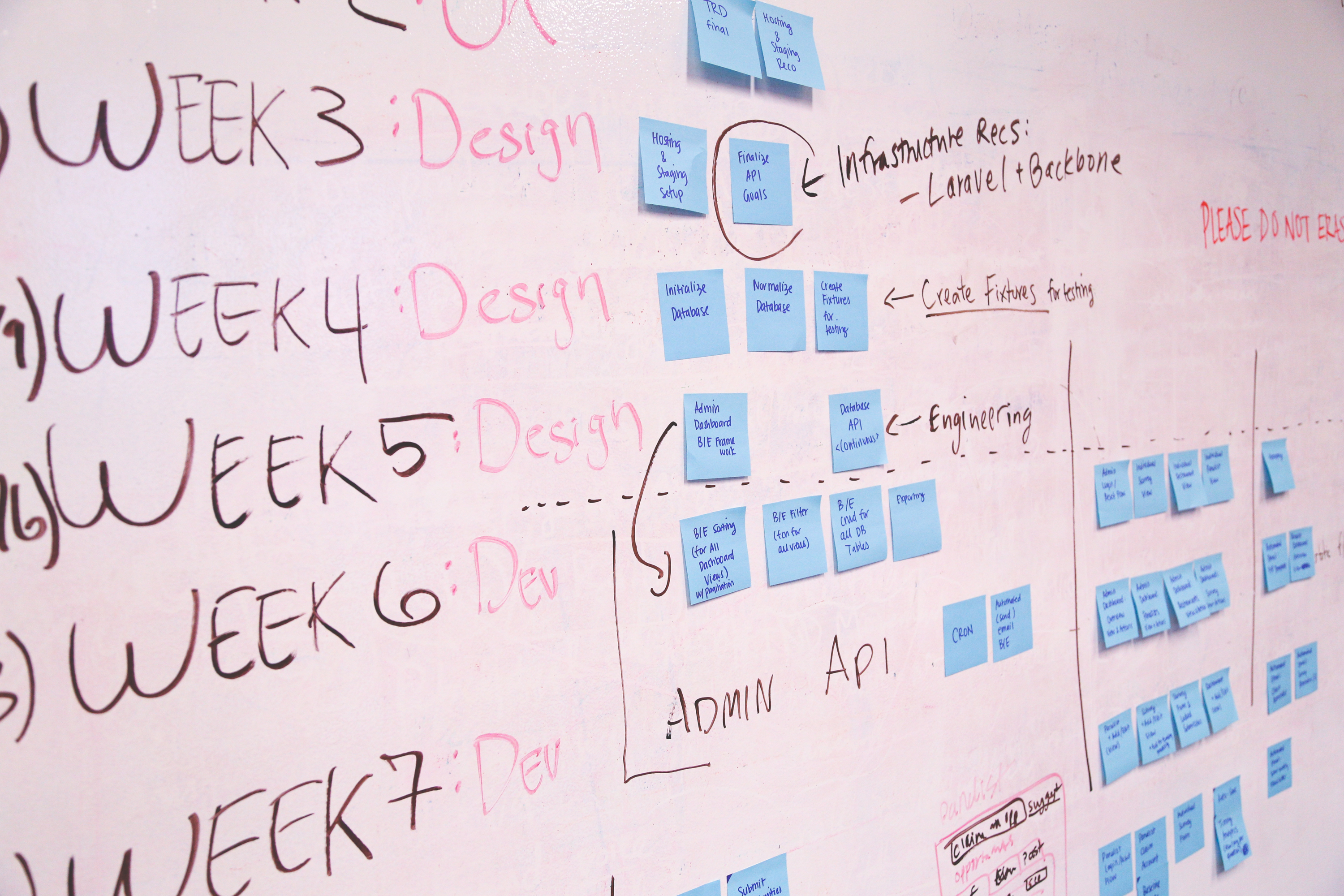A Day in the Life of an Account Executive
As an Account Executive at Spring Automation, John Muether plays a critical role in maintaining client partnerships and expanding Spring's client base. Listen more to hear John share his experience and how he implements the sales process in his daily responsibilities.
John:
My name is John Muether, and I am an Account Executive with Spring Automation. My role here at Spring Automation is to work with a portion of our existing clients to maintain and develop those partnerships and cultivate new business. Like most new partnerships, they all start with a cold call. Going into that call, I will know quite a bit about the company, who their leadership is, and what they do. My main objective is to understand what their expectations would be of us and what they look for in companies with long-lasting partnerships. Following that would be an assessment call, and that’s really where we do a deep dive into what Spring Automation offers. If the assessment call goes well, it would be retrieving an RFQ (request for quotation). We would bid that work and then hopefully the procurement of a PO (purchase order). Another one of my responsibilities here at Spring Automation is to serve as that liaison between our customers and our engineering team. The best sales advice that I’ve ever received is that the best salesperson reduces the stress of others around them, both colleagues and clients. I joined Spring Automation because they offer exceptional engineering services to our customers, but they have also cultivated a wonderful work environment. In my previous roles, I’ve worked for companies that provide automated software solutions. Still, these solutions were geared more towards the operations or finance part of the company, where I wanted to be more on the ground level. The biggest challenge that I have faced when joining Spring Automation was learning all of the industry terminology, as well as learning the functionality behind all the components and field devices that we might see for any given solution and the way I overcame this challenge was I spent quite a bit of time on site following David Moghadam. He is our electrical installation supervisor and spending quite a bit of time with our engineering team.
Spring Automation provides material handling controls, software, and installation services to end-users, integrators, and OEMs across North America. We specialize in bringing our customers high-quality and dependable programming, design, and build solutions for their projects.
At Spring Automation, we are a family by our shared purpose: To Have Fun Building Legacies Together. We are a team that loves each other and what we do. We design and implement high-quality controls solutions. We strive for growth through diversification while maintaining a culture of teamwork and innovation. Whether we are serving our customers, community, or family, we take pride in everything we do. When we win, we win together.
Connect with John at [email protected] to explore ways we can help you and your business meet your goals or visit https://springautomation.com/subscribe/ to stay in the loop on our latest news, Spring team, and trending topics in the automation industry.









